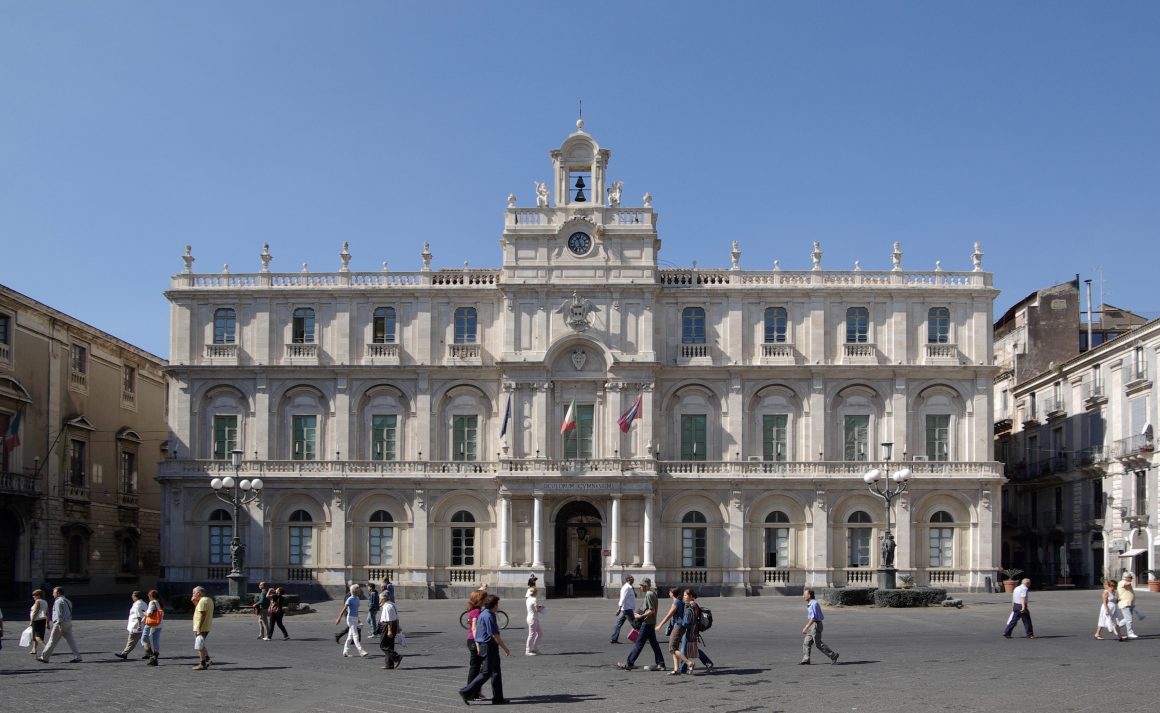Informativa ai sensi del D. Lgs. 196/2003 "Codice in materia di protezione dei dati personali".
Conformemente all'impegno e alla cura che
8 Room dedica alla tutela dei dati personali, la informiamo sulle modalità, finalità e ambito di comunicazione e diffusione dei Suoi dati personali e sui Suoi diritti, in conformità all'art. 13 del D. Lgs. 196/2003.
Per offrirLe i servizi personalizzati previsti da questo sito internet,
8 Room, titolare del trattamento, deve trattare alcuni dati identificativi, come meglio specificato nelle sezioni relative ai servizi stessi.
I dati personali che Lei fornirà alla nostra società, verranno registrati e conservati su supporti elettronici protetti e trattati con adeguate misure di sicurezza.
I dati saranno trattati da
8 Room esclusivamente con modalità e procedure necessarie per fornirLe i servizi da Lei richiesti, e, solo con il Suo espresso consenso, per effettuare analisi statistiche, indagini di mercato e invio di informazioni commerciali sui prodotti e sulle iniziative promozionali di
8 Room.
I dati non saranno diffusi ma potranno essere comunicati, sempre per le predette finalità, alle società che svolgono per nostro conto compiti di natura tecnica od organizzativa strumentali alla fornitura dei servizi richiesti.
Il conferimento dei dati è facoltativo, salvo per quelli indicati come obbligatori per poterle permettere di accedere ai servizi offerti. Lei ha diritto di conoscere, in ogni momento, quali sono i Suoi dati e come essi sono utilizzati. Ha anche il diritto di farli aggiornare, integrare, rettificare o cancellare, chiederne il blocco ed opporsi al loro trattamento. Ricordiamo che questi diritti sono previsti dal Art.7 del D. Lgs 196/2003.
Conformemente alla normativa vigente Le chiederemo quindi di esprimere il consenso per i trattamenti di dati barrando la casella "Accetto". Resta inteso che il consenso si riferisce al trattamento dei dati ad eccezione di quelli strettamente necessari per le operazioni ed i servizi da Lei richiesti, al momento della sua adesione in quanto per queste attività il suo consenso non è necessario.
L’esercizio dei diritti di cui all'art. 7 del D.Lgs 196/03 potrà effettuarsi attraverso specifica comunicazione a mezzo posta indirizzata alla medesima Società, o attraverso la casella di posta elettronica dedicata:
info@8roomhotel.com
Per ogni informazione riguardo ai diritti può rivolgersi, a tal fine, ai responsabili del trattamento dei dati personali scrivendo a
info@8roomhotel.com
What are cookies?
A cookie is a small file of letters and numbers. Cookies contain information that is stored on the browser of your computer or mobile devices hard drive.
How we use cookies?
We use cookies to distinguish you from other users of our website and to provide a browsing experience that is unique to you. Cookies are used so that our website can remember what you have done whilst browsing our website.
What type of cookies do we use?
Cookies can be in the form of session cookies or persistent cookies. Session cookies are deleted from your computer when you close your web-browser. Persistent cookies will remain stored on your computer until deleted or until they reach their expiry date. We use the following cookies:
Analytical/performance cookies.
These cookies allow us to recognise and count the number of visitors and to see how visitors move around our website when they are using it. This helps us to improve the way our website works, for example, by ensuring that users are finding what they are looking for easily.
Functionality cookies.
These cookies are used to recognise you when you return to our website. This enables us to personalise our content for you.
Targeting cookies.
These cookies record your visit to our website, the pages you have visited and the links you have followed. We will use this information to make our website and the advertising displayed on it more relevant to your interests. We may also share this information with third parties for this purpose. These cookies allow you to share and like & send information to other websites to customize their advertisements.
What kind of information do we collect by using cookies?
When you visit our website, we may automatically collect the following types of information from you: Your internet protocol (IP) address, your login information, time zone setting, operating system and platform, information about your visits including the URL you came from, your country, the search terms you used in our website, length of visits to certain pages, page interaction information, (such as scrolling, clicks, and mouse-overs) and the methods used to browse away from the page.
Your permission to us for using cookies and how do you block cookies?
However, most browsers allow you to refuse cookies. You may block our cookies by activating the setting on your browser that allows you to refuse the setting of all or some cookies.
You can find out more about cookies and how to delete and control them on
www.aboutcookies.org or click help in your browser menu.




